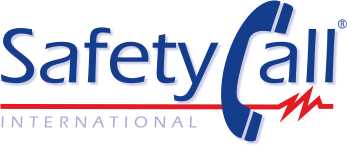Medical Cannabis
SafetyCall is a licensed health care practice providing adverse incident and adverse event management services in the medical cannabis industry
Medical Cannabis includes a variety of products containing one or more components from the Cannabis genus of plants. These substances (including both psychoactive and non-psychoactive) are used for medical and therapeutic applications often initiated and supervised by licensed healthcare providers such as physicians and/or pharmacists. Products are available in a variety of formulations, including solid and liquid oral formulations (tablets, capsules, oils), vaporized formulations for inhalation (vaporization oils) or topical application.
| Regulatory Agencies | Applicable Federal Laws |
|---|---|
| Cannabis is a Schedule I Controlled Substance on a Federal level by the US Food and Drug Administration (US FDA). However, many states have passed laws permitting its use. State regulations regarding patient access, available product formulations and Adverse Event (AE) reporting vary widely. | Controlled Substances Act (CSA) – 1970
State-based regulations vary regarding patient access to products, available product formulations and Adverse Event (AE) reporting. Although medical cannabis does not come under the jurisdiction of the FDA in those states where it is legal, some of those states require Adverse Event management systems to include the use of a Title 21 CFR Part 11–compliant database to capture and maintain AE case details to insure adherence to database integrity standards. |
Highlights
Implementation of Best Practice Principles for Post-Market Surveillance:
- Ensure that pre-market assessments or beliefs of inherent safety are realized during consumer use of the product.
- Ensure known safety concerns have been identified and considered, as well as stated on product warning labels.
- Ensure the post-market surveillance system is “sensitive” enough that potential threats or safety concerns would likely be included in the monitored events.
- Ensure the system is sufficiently specific to allow detection, differentiation and ultimately determination of real vs. perceived threats.
- Identify intended and unintended patterns of use which may potentially contribute to unintended effects.
- Allow assessment of product performance by itself or in the presence of other products or substances.
- Help ensure that effects in unique populations are considered when monitoring safety.
- Aid in the ability of the manufacturer to further define, document and confirm a relative “safety profile” for products during real life conditions of use.
Your Industry Obligations
Regulatory requirements for manufacturers by state agencies may include the ability to receive, process and respond to all reports of Adverse Events (AEs) 24/7 through multiple communication sources (including telephone, email and social media) and be able to conduct Quality Assurance (QA) investigations for individual products sold into the marketplace. Independent of any specific regulatory AE reporting requirements, a robust AE and post-marketing surveillance system is the cornerstone of best practice product stewardship, effective risk management and enhanced sustainability for this emerging market.

